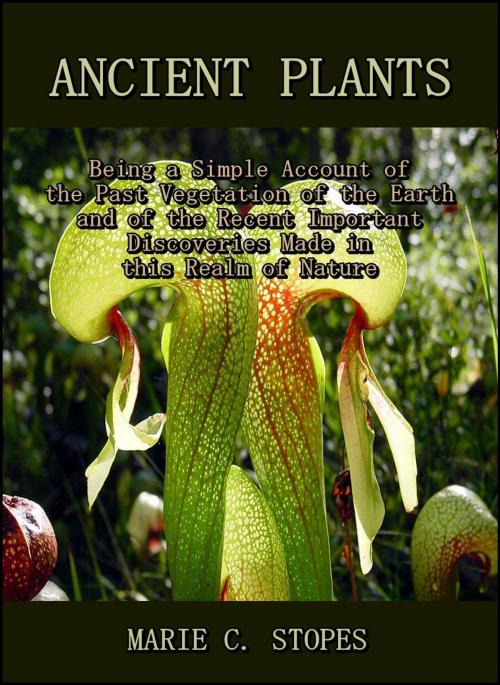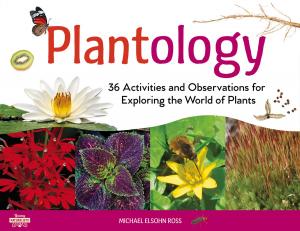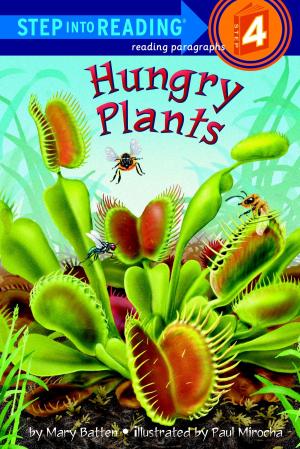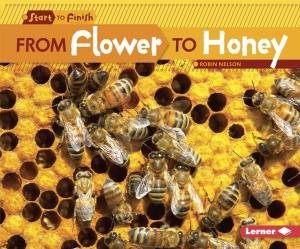Ancient Plants : Being a Simple Account of the Past Vegetation of the Earth and of the Recent Important Discoveries Made in this Realm of Nature
Kids, Natural World, Trees and Forests, Botany, Flowers and Plants| Author: | Marie C. Stopes | ISBN: | 1230000231843 |
| Publisher: | BLACKIE & SON | Publication: | April 9, 2014 |
| Imprint: | Language: | English |
| Author: | Marie C. Stopes |
| ISBN: | 1230000231843 |
| Publisher: | BLACKIE & SON |
| Publication: | April 9, 2014 |
| Imprint: | |
| Language: | English |
Ancient Plants : Being a Simple Account of the Past Vegetation of the Earth and of the Recent Important Discoveries Made in this Realm of Nature
The lore of the plants which have successively clothed this ancient earth during the thousands of centuries before men appeared is generally ignored or tossed on one side with a contemptuous comment on the dullness and “dryness” of fossil botany.
It is true that all that remains of the once luxuriant vegetation are fragments preserved in stone, fragments which often show little of beauty or value to the untrained eye; but nevertheless these fragments can tell a story of great interest when once we have the clue to their meaning.
The plants which lived when the world was young were not the same as those which live to-day, yet they filled much the same place in the economy of nature, and were as vitally important to the animals then depending on them as are the plants which are now indispensable to man. To-day the life of the modern plants interests many people, and even philosophers have examined the structure of their bodies and have pondered over the great unanswered questions of the cause and the course of their evolution. But all the plants which are now alive are the descendants of those which lived a few years ago, and those again came down through generation after generation from the plants which inhabited the world before the races of men existed. If, therefore, we wish to know and understand the vegetation living to-day we must look into the past histories of the families of plants, and there is no way to do this at once so simple and so direct (in theory) as to examine the remains of the plants which actually lived in that past. Yet when we come to do this practically we encounter many difficulties, which have discouraged all but enthusiasts from attempting the study hitherto, but which in reality need not dismay us.
Ancient Plants : Being a Simple Account of the Past Vegetation of the Earth and of the Recent Important Discoveries Made in this Realm of Nature
The lore of the plants which have successively clothed this ancient earth during the thousands of centuries before men appeared is generally ignored or tossed on one side with a contemptuous comment on the dullness and “dryness” of fossil botany.
It is true that all that remains of the once luxuriant vegetation are fragments preserved in stone, fragments which often show little of beauty or value to the untrained eye; but nevertheless these fragments can tell a story of great interest when once we have the clue to their meaning.
The plants which lived when the world was young were not the same as those which live to-day, yet they filled much the same place in the economy of nature, and were as vitally important to the animals then depending on them as are the plants which are now indispensable to man. To-day the life of the modern plants interests many people, and even philosophers have examined the structure of their bodies and have pondered over the great unanswered questions of the cause and the course of their evolution. But all the plants which are now alive are the descendants of those which lived a few years ago, and those again came down through generation after generation from the plants which inhabited the world before the races of men existed. If, therefore, we wish to know and understand the vegetation living to-day we must look into the past histories of the families of plants, and there is no way to do this at once so simple and so direct (in theory) as to examine the remains of the plants which actually lived in that past. Yet when we come to do this practically we encounter many difficulties, which have discouraged all but enthusiasts from attempting the study hitherto, but which in reality need not dismay us.















